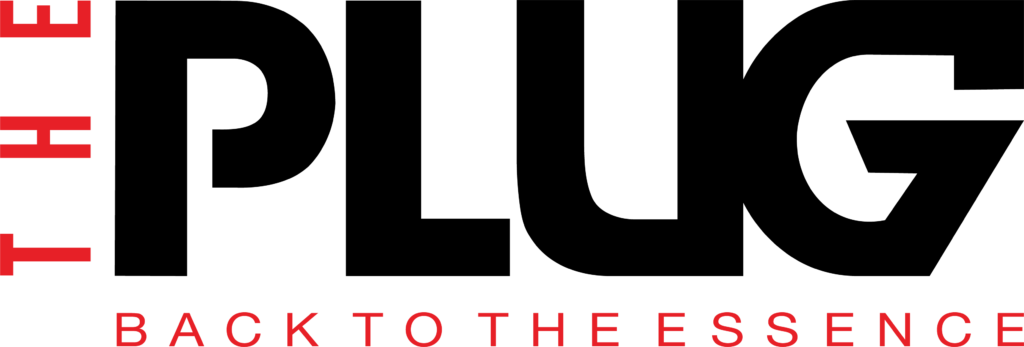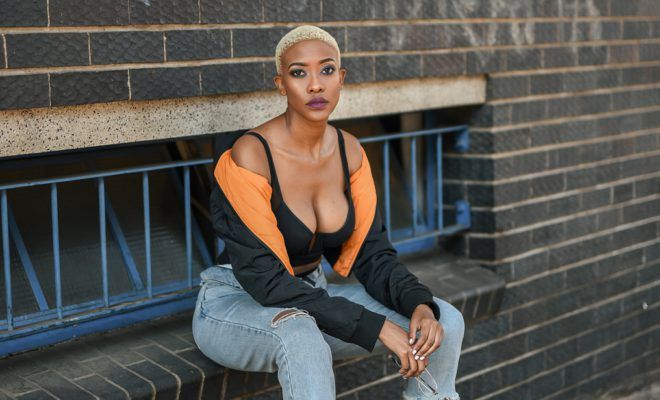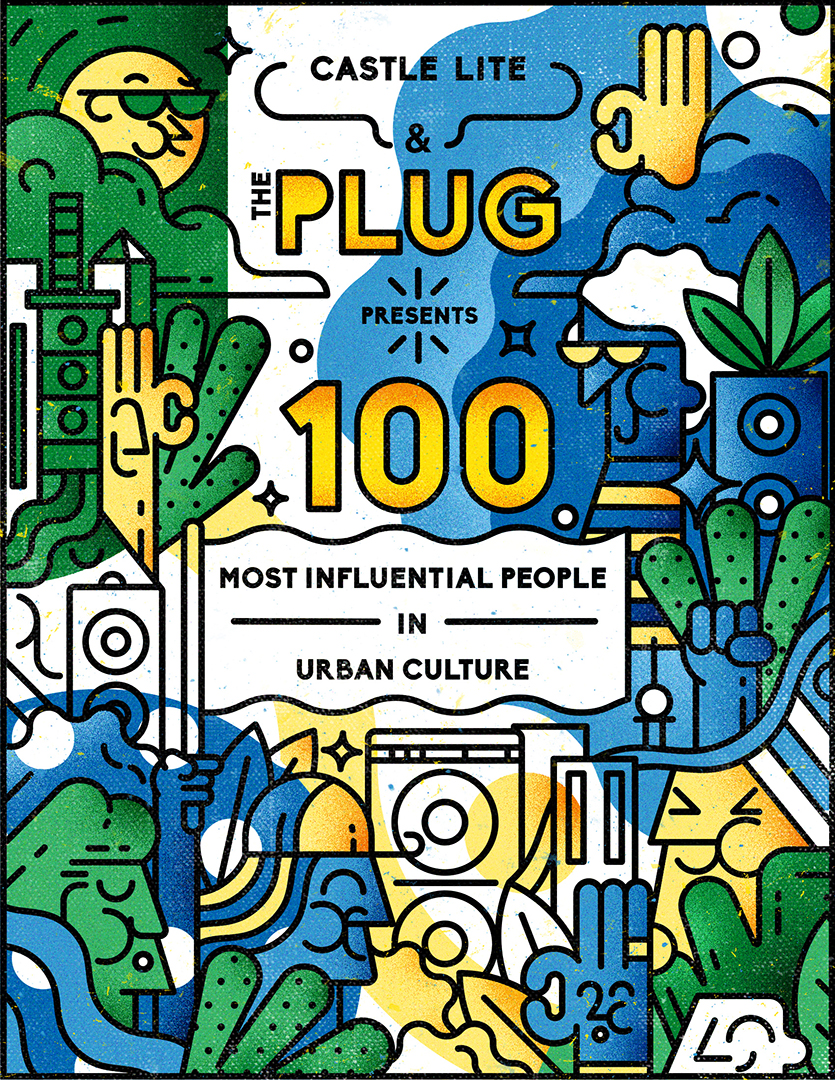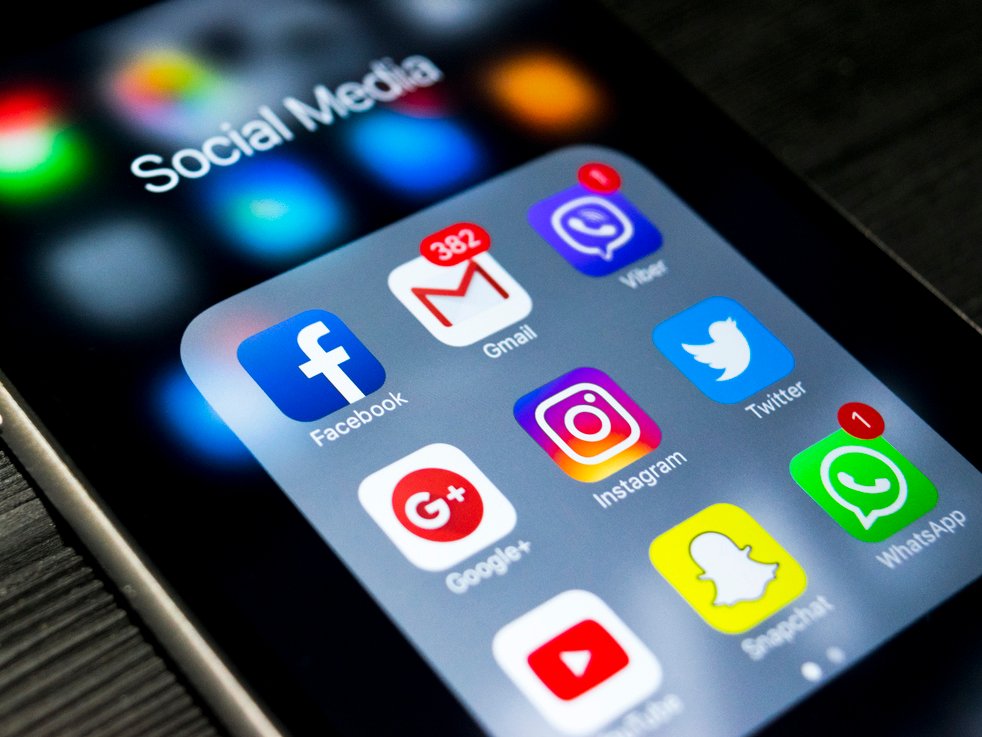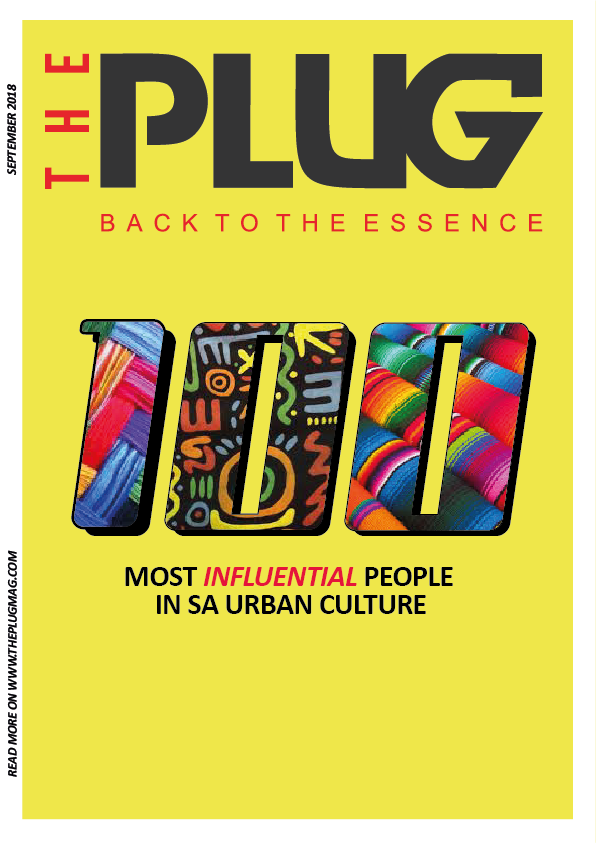Words by Sanele Mawisa
What is an influencer? If I had a rand for every time this topic reared its confused head on twitter, I would make as much money as influencers do. The reason for this topic being so contentiously debated is due to a lack of understanding on the subject. Everybody has their opinion on what an influencer is, what an influencer does, how much influencers get paid and so on and so forth. I do not espouse to put all the confusion to bed and give you all the answers you’ve been looking for but hopefully your eyes would have been opened just a little wider and your knowledge and understanding would have become a little deeper after reading this article.

Once the understanding of the landscape is there, then we can all deduce what works and what doesn’t work and more importantly why. “People do not want to understand what it is that social media influencers do. To the public they’re a group of cool kids that receive free product and attend fancy events when in actual fact they are writers, content producers, art directors, marketers. The influencer title/role is new to South Africa so people don’t know how to perceive it and don’t have interest in fully understanding influencer marketing.” – Tshepang Mollison (Blogger, content creator)
The first question to answer on our road to discovery and enlightenment is what is influencer marketing. Influencer marketing involves brands marketing their product or service through individuals who have an influence over other people’s purchasing decisions. Celebrities and bloggers are the most common form of influencer and they perform different roles. Celebrities are used because of their vast social reach through their high follower numbers and bloggers because their content is authentic and engaging.

Influencer Marketing blew up around 2014 with mainly fashion bloggers and has now progressed to people within all different types of vocations. Currently, there are not many brands that have not created an influencer campaign. This is because brands do not know how to speak to their audience, and engage with their audience, because they do not understand their audience. Make no mistake when I refer to audience I’m specifically talking about the most targeted demographic in South Africa – black, middle-class, youth. The majority of brands in the country are all trying to speak to the same person but none of them know how to do that effectively. This is where influencers come in, they are real people, that are the demographic, that regularly interact and engage with the demographic, and have influence within their social circle. “Influencer Marketing has been on the rise because consumers seem to enjoy seeing everyday people being used to sway them into making purchasing decisions. It gives a different and refreshing angle to the term ‘aspirant’. When it’s well executed, and the right influencer is used, consumers often forget or aren’t bothered that they’re ultimately being sold something” – Qhama Xhali (Content Manager at Plum Factory agency)
The tricky part and the biggest conundrum within the influencer landscape is the measuring of this so-called influence. It’s tangible in terms of calculating mentions and retweets from a digital perspective but from a human perspective how do we know that X influencer based on their content influenced Y person to purchase a product or pay for a service?
Before the question can be answered, there has to be an objective or objectives for the brand. Will they be measuring visibility, here your return on investment is the number of new potential customers who become aware of your brand through the campaign. This can be measured through impressions. If the objective is engagement then this is measured using a metric called CPE (cost-per-engagement). This is the rand spent per like, comment, interaction and is a valuable way that brands can utilise to measure long-term return on investment. Engagement isn’t just about the product or service, it’s a good measure of how consumers feel about the brand as a whole. If the brand has an e-commerce site then Google Analytics is another good tool tor tracking online sales. Using this approach you can see which of your online consumers visited your site from an influencer’s blog or social channel. This all has to be decided up front.
The objective that everyone is most concerned about is sales or revenue and believe it or not, there are ways to measure this. For one, you can insert links that direct people straight to the product online, this can be done on social posts or on a blog for example. Promo codes given to influencers can track the impact of the influencer campaign. There are measures that can work but ultimately not all people will make a purchase immediately upon seeing an influencer’s content, even if that content results in inspiring their purchasing decision. It’s not an exact science.

There are various pros and cons to influencer marketing, but if the campaign is well thought through there will usually be more pros than cons. Unfortunately not many brands get it right. This is partly due to the correct processes not being adhered to and partly due to consumer knowledge. The digital consumer is smarter than they have ever been before and thus can see right through poor execution, confusing brand messaging, and brand collaborations that just don’t make any sense. The challenge is to understand that and create content that people care about and that inspires them. The credibility of influencers is being questioned more than ever and this makes finding the perfect brand fit for collaborations imperative. “What makes an effective influencer, is authenticity and staying true to their brand and their audience.” – Moshe Ndiki (Presenter, YouTube content creator)
For brands, there are mostly pros when producing an effective influencer campaign. They get to speak to their audience and try to influence their decisions in a way that they hope is authentic. On the other end, depending on how long the brand works with an influencer, their brand can become inextricably linked to that person. This can either be a good or bad thing depending on how good or bad the content is. However, if an influencer campaign doesn’t do well, it will always be the brand that suffers more than the influencer. They can move on and work with other brands and do better work with other brands, whereas the brand will be held responsible for a poor campaign.

The influencer marketing space has grown in popularity and influencers are becoming closer to being celebrities than being normal people. This has created an unnecessary pressure to become an influencer. This has led to the increase in people buying fake followers. Yes, you heard correct, one can buy followers to increase their supposed reach. Whenever you’re browsing through Explore on your Instagram (and you’re done looking at Durban baddies), and you click on a profile which has for instance 30 000 followers but their posts never receive more than 100 likes, just know that things are not grand. “The point is for influencers to, well, influence. The reason brands reach out to them is because of their social capital/clout they hold. It’s also important to note that the celebrity culture in SA is not really much to speak of, they’re incredibly accessible so it’s difficult for the media to have a real critical voice over them. It also means that celebrity and influencer becomes a conflation. I also think that influencers don’t want to be just that, they want to be celebrities too.” – Neo Baepi (Photographer, Social Media content creator)
For ad agencies who are lazy to do their research or lazy to know the influencer inside and out, they’ll be blown away by the amount of followers and pursue that individual to work on a brand campaign, without checking that their engagement sucks. If you didn’t know before, engagement is EVERYTHING in content marketing. “When doing research on influencers, one needs to plan for long-term engagement. Influencers know their audience better than anyone else, so if your product or service that is being promoted is not aligned with their aesthetic, find a compromise.” – Anelisa Mangcu

The future of influencers is hard to predict, with the use of them in campaigns within a South African context is still fairly new. Some brands still haven’t even used influencers yet. What I believe will happen is the continued growth of Influencer Marketing, making influencers the new age celebrities and we’ll start seeing them in TV ads, becoming radio station presenters, TV presenters, models, actresses and there is enough evidence of this happening already.
Whether you decide to call them influencers or content creators or anything really, one thing for sure is that they are here to stay, and even if their roles change, their relevance will be important for a while yet.


